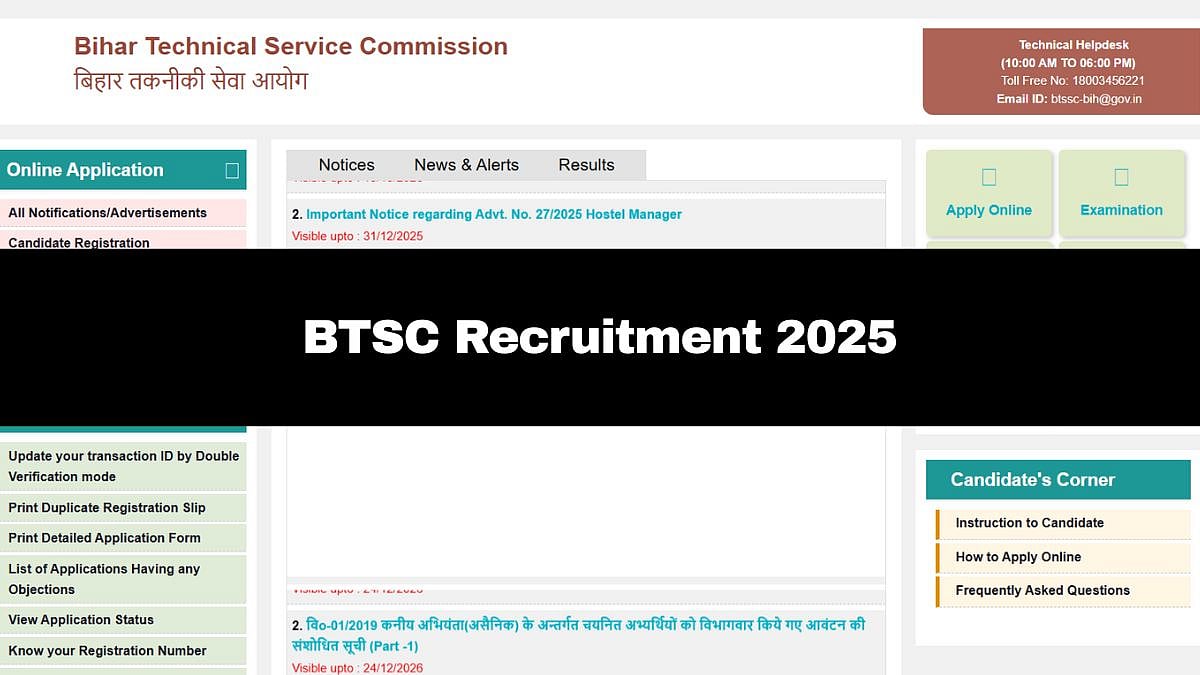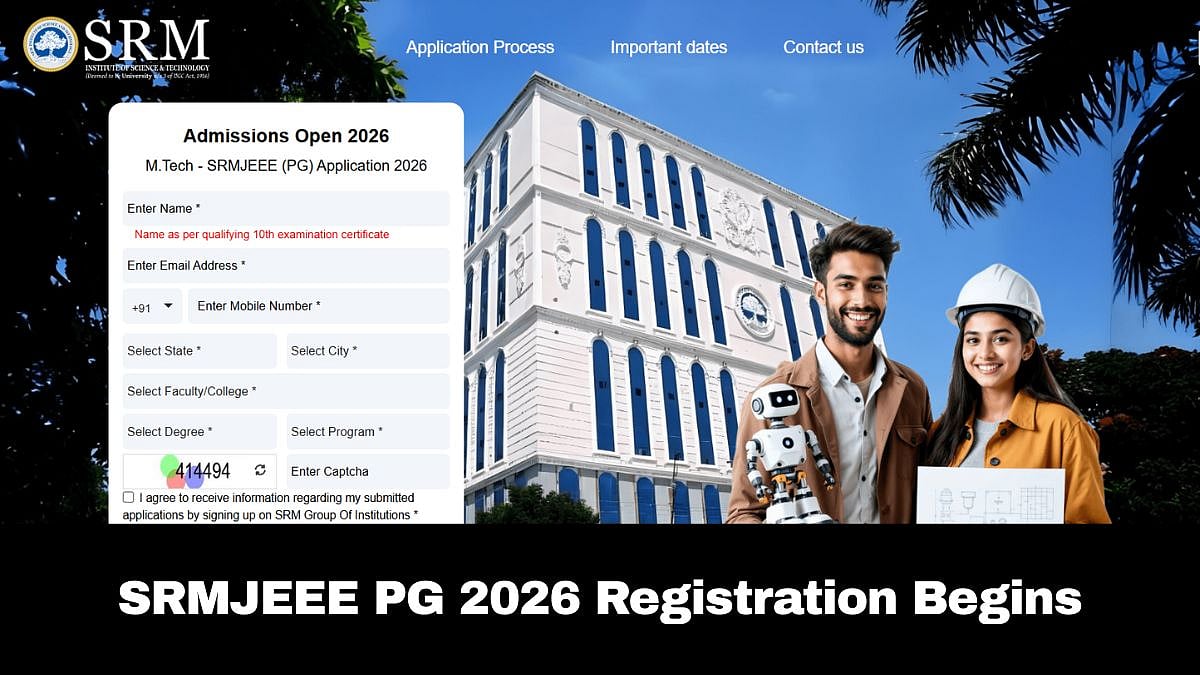With almost 200,000 Indian students currently pursuing higher studies in the United States, Indian students continue to see the United States as the top destination for higher education. The United States has more than 4,000 accredited institutions, and Indian students continue to show interest in the experience and opportunities that these institutions offer. While there are many reasons why a student might want to pursue a higher education in the United States, one reason is the contrast between Indian and U.S. education systems which leads to different outcomes.
Having over 4,000 accredited universities, the United States offers opportunities in a wide range of fields of study. Students can pick and choose courses according to their needs and goals. This flexibility is a hallmark of the U.S. education system. Students do not need to decide what they want to study immediately after graduating from high school (12th grade), but rather they can take classes in a wide range of fields to discover their areas of passion and then decide to major in one or more areas. This flexibility also offers the opportunity to pair diverse interests of students. For example, a student can major in biology while also pursuing a major or a minor in sociology. With the advent of the New Education Policy (NEP), the Indian education system is also moving towards providing this same flexibility to students in India.
US capability to fund research much higher
The number of academic disciplines offered and the resources available at U.S. and Indian universities are also very different. As the largest global economy, the United States has the resources to fund research in fields that might not be available to students in India at the postgraduate level. The number of students looking at the United States for their undergraduate studies is also steadily increasing. While undergraduate programs in the United States are designed to be holistic, students can choose to pursue research while doing a bachelor’s degree, a practice that is uncommon in India.
Major differences in grading systems in India and US
Another difference between U.S. and Indian higher education institutions is the grading systems at the undergraduate and postgraduate levels. The grading at U.S. universities is cumulative, which means that students are assessed throughout the duration of the course through weekly tests, projects, assignments, and final exams, all of which together constitute the final grade. In the Indian education system, a majority of the grade is dependent on the student’s performance in the final exam. Students at a U.S. university can also be assessed on miscellaneous aspects of participation, such as involvement in classroom discussions, extra work for extra credit, and even a students’ performance in an internship (also known as co-op).
Professor-student dynamic key in US
The academic culture in the United States tends to be more informal compared to India. Professors in the United States are usually approachable and are known to conduct specific hours in the week called office hours to answer students’ questions. It is also normal for students to challenge the professors on course content, whereas in India challenging professors is less common. In the United States, students are expected to take responsibility for their own academic progress and to use all the resources that the university provides, whereas in India measures such as mandatory attendance are put in place as part of the educational structure. The cost of higher education is another difference between the Indian and U.S. systems. Universities in the United States cost more than in India.
When considering whether to pursue a U.S. education, students should assess their academic and career goals to determine whether pursuing higher studies abroad is the right choice. It is important to know all the options and to make an informed decision, to think about how the educational experience is going to help with long-term academic and professional goals, and to find a university that is the best fit for each student.
For more information, please visit the EducationUSA website (https://educationusa.state.gov), and for individual questions or direct counselling with an EducationUSA adviser, please write to USEducationQueries@state.gov.
The author is an EducationUSA coordinator at the United States - India Educational Foundation (USIEF), Mumbai.










